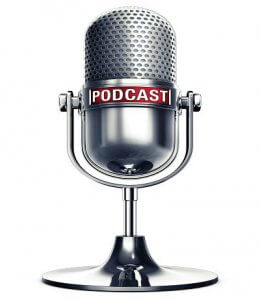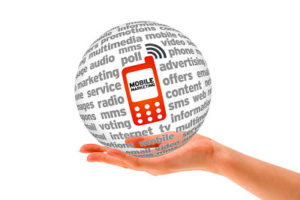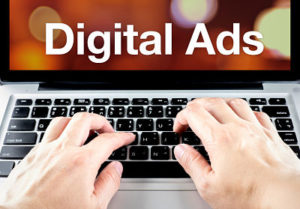Coming in loud and clear – Podcasts
December 27, 2017
 When I was a kid, I loved listening to the old time radio shows that my parents grew up with. The Shadow was my favorite. I loved the storytelling but I also loved the portability — I used to listen when I was mowing the lawn (on my old Walkman, if that doesn’t age me!). Today, my old time radio fix is met through podcasts. There are so many podcasts out there – I don’t care what your interest, personal or professional, there’s a show for you.
When I was a kid, I loved listening to the old time radio shows that my parents grew up with. The Shadow was my favorite. I loved the storytelling but I also loved the portability — I used to listen when I was mowing the lawn (on my old Walkman, if that doesn’t age me!). Today, my old time radio fix is met through podcasts. There are so many podcasts out there – I don’t care what your interest, personal or professional, there’s a show for you.
I can listen when I’m driving, taking a walk, working out or on a plane. I love video but it requires all of my attention. One of the best things about a podcast is that I can consume them during “down time” and turn it into productive time.
I believe that podcasts are one of the most under-utilized marketing tactics out there today and if you haven’t considered it, I want to make sure it gets on your radar screen.
We probably do them a disservice, calling them podcasts. Who actually listens to them on an iPod anymore? The new term that seems to be gaining momentum is on-demand radio. 64% of podcasts are being consumed via smartphones or tablets today.
Consider these stats (from a study done by Edison Research):
- 36% of all Americans have listened to at least one podcast
- 21% listen to podcasts on a monthly basis
- Podcast listening has increased 23% from 2015
- Podcast listening has increased 75% since 2013
- The same number of Americans listen to podcasts as there are Twitter accounts
- The average podcast listener consumes five podcast episodes a week
This medium has huge potential as a part of your content strategy, but only if you build it with your audience in mind. Podcasts aren’t about selling. They’re about teaching, entertaining or both. Just like I’ve preached about your blog posts, videos or any other form of content — your podcast needs to be engaging and helpful. Otherwise, you will never build an audience.
Here are some other best practices if you’re going to launch a podcast.
Use good equipment: You don’t need to spend big bucks, but you do need to invest in a decent microphone and headphones. You’ll have to decide if you’re going to do the editing yourself or hire someone. For my podcast, I don’t have the time or technical expertise to do the editing/uploading to iTunes etc. I’ve got a great partner who handles all of that for me. If you’re interested in an introduction – shoot me an email.
Time is of the essence: The average commute is 25 minutes. Podcasts that are shorter than 30 minutes tend to have more listeners and get more downloads. But if you are providing high-value content, people will stick around.
Don’t wing it: Even though the best podcasts feel like they’re just casual conversations – they are anything but. You want to do some serious prep for your podcasts. It takes a lot of poise and preparation to sound unrehearsed. At the very least, have your intro and closing comments drafted and an outline of how you’d like the conversation to go.
Consistency wins: This is one of those “don’t start if you’re not serious” marketing tactics. Your efforts will not be rewarded if you’re inconsistent. Podcasting is also not a once a quarter or once a month effort. Weekly seems to be the ideal frequency for a busy brand that isn’t trying to monetize their podcast.
I guarantee that you have plenty to teach and that there’s an audience out there that’s hungry to learn. Why not consider jumping on the podcast bandwagon while it’s still building up steam?
More









